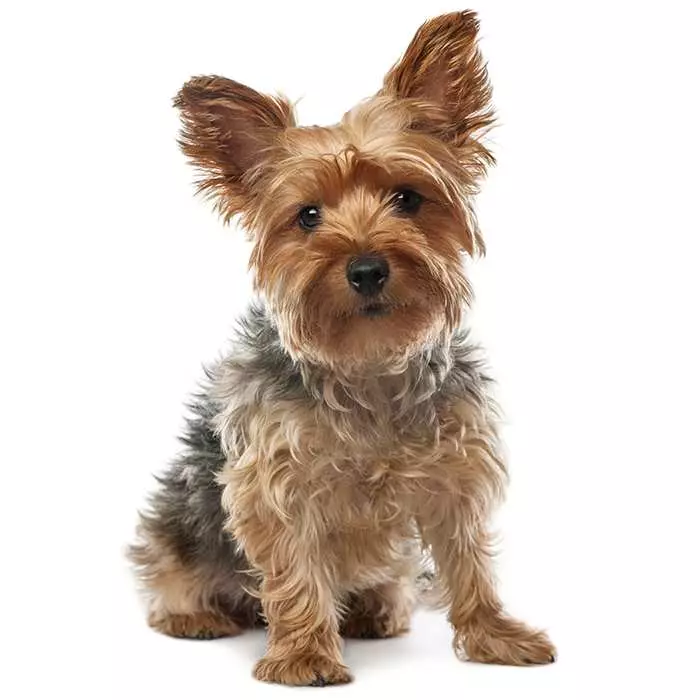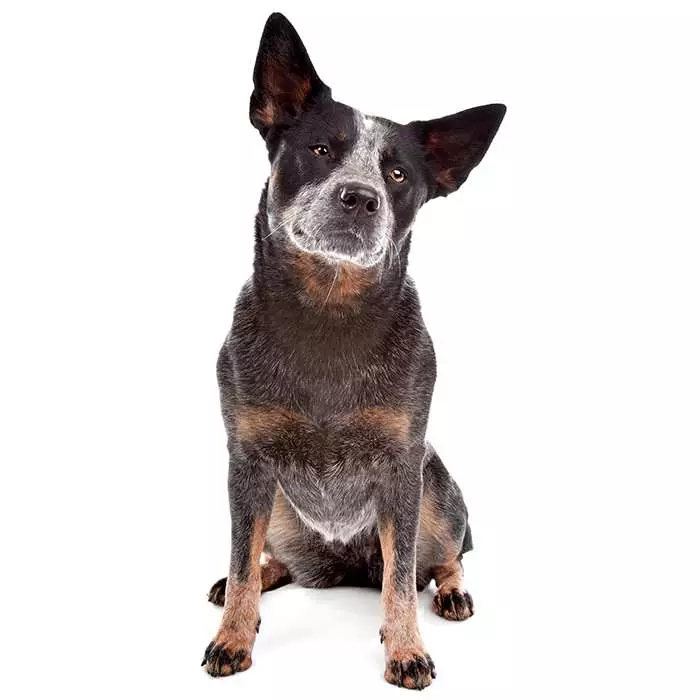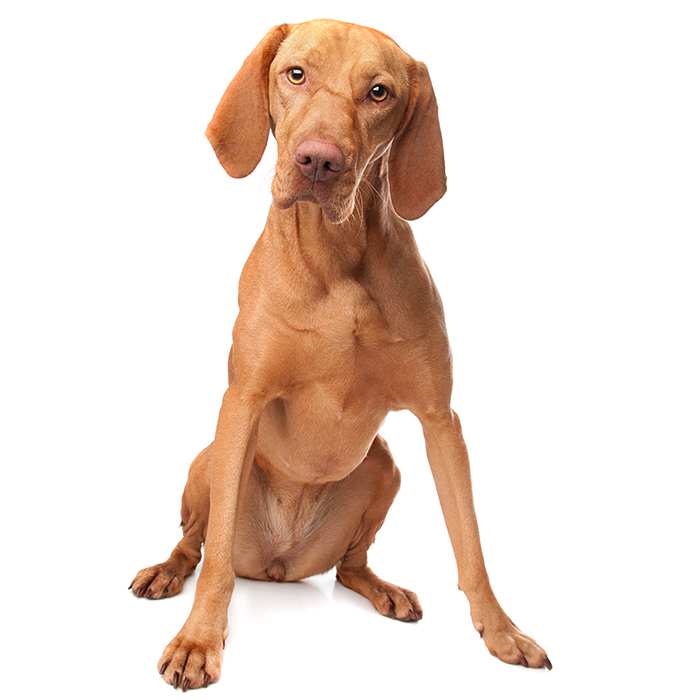Chow Chow
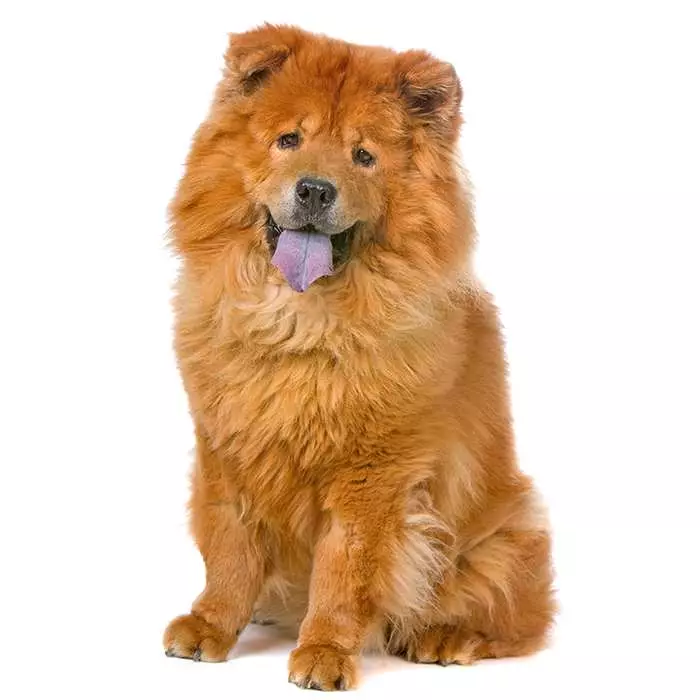

| Recommended for | Singles |
| Breed Classification | Non-sporting group |
| Other names | Chow |
| Lifespan | 9-12 years |
| Size | Medium to large |
| Temperament | Loyal, stubborn, independent |
| Intelligence | Average |
| Tendency to bark | Low |
| Maintenance Level | Medium |
| Health Risk | This breed has a higher than average probability of developing health issues during its lifetime, hence the cost to insure is above average. |
Insuring a Chow Chow?
Get our award-winning Nose-to-Tail Cover with up to $30k annual benefit limit, up to 90% of eligible vet bills back, and no sub-limits.
Get a quick quote
Is this breed right for you?
Try our breed selector quiz to find out your best matching breed!
Insuring a Chow Chow?
Get our award-winning Nose-to-Tail Cover with up to $30k annual benefit limit, up to 90% of eligible vet bills back, and no sub-limits.
Get a quick quote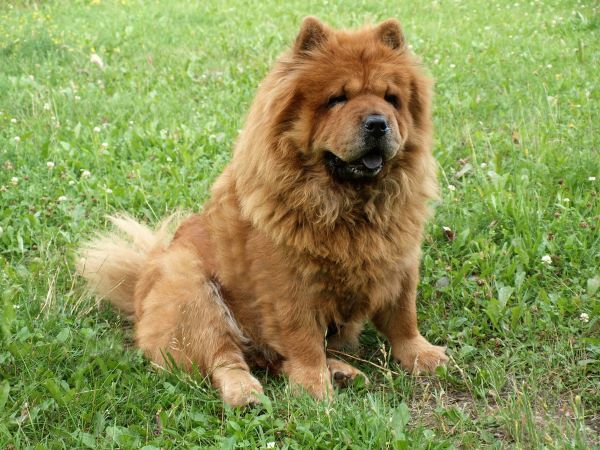
Breed history of Chow Chows
It is thought that the Chow Chow breed dates back some 2,000 years, possibly originating in the steppe regions of Siberia or Mongolia, although many believe that the Chow Chow’s history goes back even further.
The Chow Chow is regarded as one of the oldest domesticated dog breeds, with recent DNA testing confirming that it is indeed the dog breed with the closest genetic relationship to the grey wolf. Some experts believe that the Chow Chow was the original ancestor of the Samoyed, Norwegian Elkhound, Pomeranian, and Keeshond.
There is a Chinese legend that mentions black-tongued war dogs that came from central Asia that looked like vicious lions. It is also thought that a number of Chow Chows travelled with the Mongolian armies as they invaded ancient China.
The Chow Chow may not look like other traditional hunting breeds, but they were put to work extensively and to great effect in ancient China. They were used to hunt pheasant and francolin and were the lordly companions to the Chinese nobles. The black-tongued variety of the Chow Chow was also farmed for human consumption. Once the animal was butchered and the meat taken for food, the thick coat was used to produce clothing for the bitter Chinese winters.
In the 1820’s a Chow Chow was exhibited at the London Zoo and the spectators were captivated by the sight of this unique, wild-looking dog from the far reaches of the Orient. However, it was only after Queen Victoria, a passionate dog lover, acquired a Chow Chow that the breed gained popularity in the West.
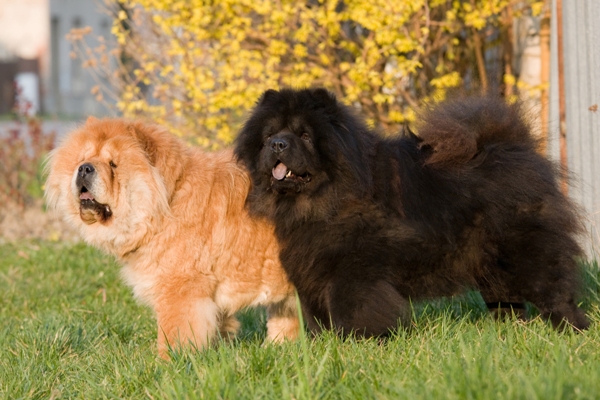
Physical description of Chow Chows
The Chow Chow is a very unique looking, medium-to-large-sized, sturdy dog with a broad head, wide black nose, deep-set eyes and small pointed ears. Hallmarks of the breed are their blue coloured lips and bluish-black tongue.
Chows are powerful, compactly built dogs who walk with a stiff-legged gait. Leonine in appearance, they have a profuse coat with a lion’s-mane ruff around the head and shoulders, and a distinctive curly tail that stands up and aligns with their backs.
Their double coat has two variations, short and smooth or longer and rough, with a soft woolly undercoat. Chow Chows come in a variety of colours, including black, blue, red, cinnamon and cream. They can be whole coloured or shaded (lighter in colour in some areas, usually the underside of the tail and back of the thighs).
| Weight range | 20 - 32 kg |
| Height range | Males 43 to 56 cm; females 46 to 51 cm |
| Colours | Black, blue, cinnamon, red, cream |
| Coat length | Medium to long |
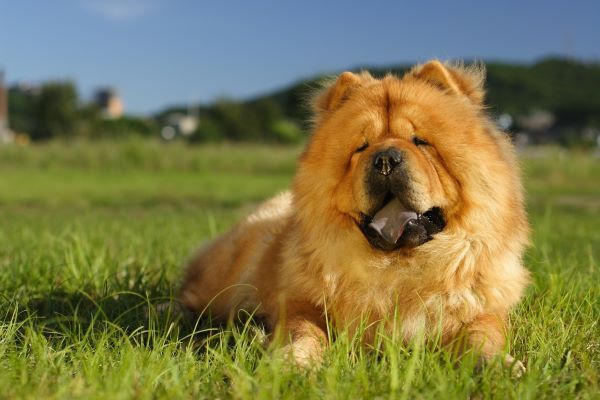
Chow Chow personality and temperament
Chow Chows are very loyal dogs who are dedicated to their owner. They will normally bond strongly to one person in the family who they will treat as their master for life, making them an ideal breed for singles.
Their temperament has been described as “cat-like” – they are independent, stubborn and less eager to please than many other dog breeds. They don’t require as much human interaction as many other dogs and are well-suited to small homes, apartments and units, as long as their exercise needs are met.
Developed as guard dogs in ancient times, Chows can be over-possessive when it comes to territory or food and over-protective of family members. They are wary of strangers and prefer to be left alone when guests come over.
The Chow Chow is a very unique breed and we suggest that you do a lot of homework to really understand their temperament and nature. Their cuddly, teddy bear looks may make them look like the perfect family dog, but they don’t enjoy cuddling and are not recommended for first-time dog owners. They have a huge desire for freedom and a strong will, so they will push boundaries on a daily basis.
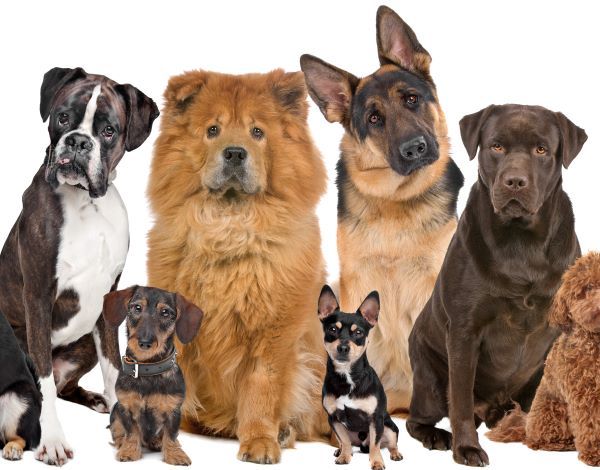
Chow Chows with kids and other pets
Chow Chows can be good with children if they are properly socialised and raised with them. However, because of their independent nature, they may not have the same playful and tolerant temperament as many other breeds. Supervision and teaching children to interact with dogs respectfully are essential.
Chows tend to be possessive of one or two family members. This can be a problem for larger families with a number of children, and hence the breed’s reputation as a one-owner pet.
Because of their hunting instincts, Chow Chows can be territorial and reserved with other pets, particularly dogs of the same sex, and may display aggressive tendencies towards them. They rarely cohabitate well with other pets are better suited to being the only pet in the household. When walking Chows public places, it’s best to keep them on a leash and closely supervised. Early socialisation and proper introductions are important to help them get along with other animals.
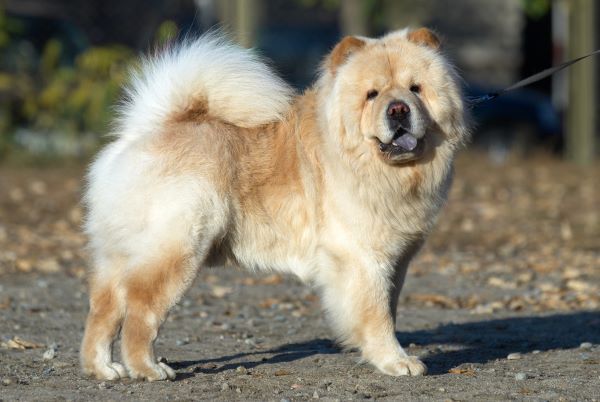
Chow Chow training and exercise
Chow Chows have moderate exercise needs, such as daily walks during the cooler times of the day – they don’t cope well with heat or humidity due to their very thick fluffy coat. They enjoy walks and some playtime, but they are not as high-energy or active as many other hunting breeds and don’t require rough play or high-impact exercise.
Mental stimulation and training activities can also help keep them stimulated and engaged, and they will appreciate a backyard to investigate, but they can adapt to apartment living if given plenty of exercise, toys, and company.
Independent, strong-willed and stubborn, Chow Chows are notoriously difficult to train. Patience, regular practice and an equally strong will, along with positive, consistent reinforcement, are the keys to successful training. Harsh training methods are to be avoided in order to develop a trusting relationship.
Early socialisation and puppy training classes are recommended and help to ensure that the Chow grows into a well-adjusted, well-mannered companion who is comfortable around strangers and other dogs.
| Energy level | Medium |
| Exercise requirements | Medium |
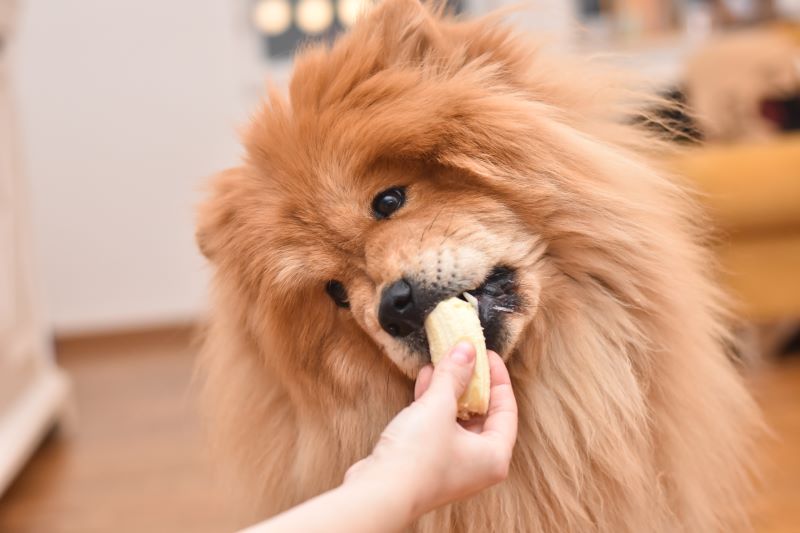
Chow Chow feeding and nutrition
The Chow Chow should do well on a high-quality dog food appropriate to the dog’s age (puppy, adult, or senior) and activity level.
Many owners choose to feed their Chow a low-grain diet in order to reduce the risk of allergies. Regularly check the Chow’s skin for any irritation or other signs of allergy, even if you have not changed their diet, as dog food companies frequently change their formulas. Be aware that some dog treats and table scraps may also contain ingredients that exaccerbate allergies.
Consult your vet if you have any concerns about your dog’s weight or diet.
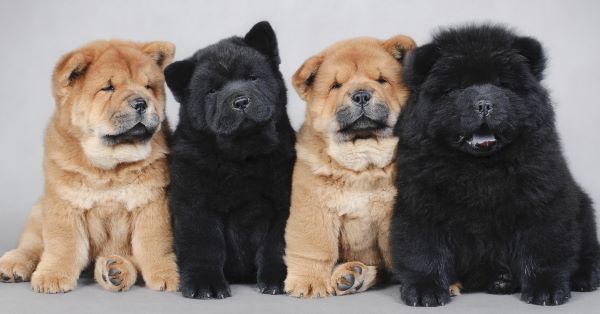
Chow Chow care and grooming
Both the rough- and smooth-coated Chows have a profuse double coat that sheds and requires regular grooming. Thorough brushing at least twice per week and more frequently during shedding seasons will help keep the skin and coat healthy. The coat around the head, behind the ears and under the forelegs can become knotted if not combed regularly. Care must be taken to remove all mats and brush or comb through the undercoat.
Chows are extremely clean dogs – they housebreak easily, have little doggy odour, and are known to be as fastidious as cats. Bathing should only be undertaken when required, which may be just 2 to 3 times per year. It is recommended to use a cool air dryer to thoroughly dry the Chow’s dense double coat after bathing.
Excessively long hair around the genitals, toes and eyes may need trimming from time to time.
Health issues for Chow Chows
- Hip dysplasia occurs when the hip doesn’t form properly, leading to possible lameness over time. Hip dysplasia is a common condition among dogs, particularly large and giant breeds, and does tend to occur in the Cow Chows as well.

- Entropion is a condition where the eyelashes face inwards on the eye, causing them to rub against the eye’s surface and cause irritation. While the initial concerns surrounding Entropion is irritation and discomfort, if not treated quickly, serious scarring can occur affecting the eyesight of your dog.
- Glaucoma is a group of eye diseases that cause the optic nerve damage, causing black spots in the eye and causing vision to decrease over time. It’s difficult to determine whether your Chow Chow is affected with glaucoma until the later stages where the condition is more severe. Symptoms are not easily visible or noticeable for the owner. If the eye is affected with glaucoma, it may be red, swollen, sore, or become particularly cloudy in appearance. See your vet if you suspect your Chow Chow may require treatment.
Not all conditions are covered by Pet Insurance. For details of Bow Wow Meow Pet Insurance cover, refer to the Product Disclosure Statement.
Free engraved pet ID tag on sign up3
Customer Satisfaction
21 day cooling off
Easy to use Pet Portal

GapOnly® in vet claims
MORE INFORMATION
The Chow Chow Club of NSW Inc: https://www.chowchowclubnsw.com/
The Chow Chow Club of Victoria Inc: http://www.chowchowclubvic.com.au/

